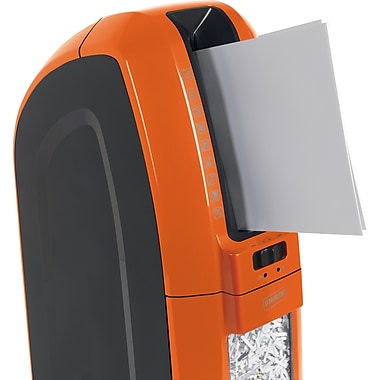My husband and I tackled this question recently. As we continue to clean out our basement, we found four ancient cell phones (see photo!) that were ready to go. These phones had been hanging around for years, so we finally decided to get rid of them.
First we made sure any data and personal information were erased from the phones. We knew that the photos and contacts were backed up, and were able to set the phones back to their factory settings, getting rid of the data (a quick online search helped us figure out how to do the re-sets, especially on the ancient Nokia phones, but it worked). Don’t forget to take out the SIM card if your phone has one. Good information about cleaning data off your phone is here.
Then when I was doing a bunch of errands, I dropped off the phones at our local Sprint store. So easy.
There are many options to get rid of your unwanted phones. If your phone is a newer model, you can:
- Trade it in – check with your phone carrier.
- Sell it, through a service like Gazelle.
- Pass it on to a friend.
- Donateit to an organization like Cell Phones for Soldiers or find a drop-off location near you that supports a local charity through this website.
- Many schools and non-profits offer an “electronics recycling day” where you drop off your phone (and other electronics) for free. My town has a recycling day every spring and fall, so check with your local city or town.
Usually I see cell phones (like mine) that are just too old to sell or trade it, so they really have to go. Check with your cellular company about their recycling programs. Other places to recycle phones include Staples, Best Buy and even Target.











 Last Spring I started running. I hadn't really run since I was in elementary school, so it was a huge feat for me to complete half a dozen 5K races over the past year.
Last Spring I started running. I hadn't really run since I was in elementary school, so it was a huge feat for me to complete half a dozen 5K races over the past year.







 6 cases that come out and can be carried around. The cases snap tightly to hold LEGOs®, and could be organized by project. This solution would help keep the little pieces or projects all in one area, and can be found at The Container Store, amazon.com and other places online. Other shelving units like
6 cases that come out and can be carried around. The cases snap tightly to hold LEGOs®, and could be organized by project. This solution would help keep the little pieces or projects all in one area, and can be found at The Container Store, amazon.com and other places online. Other shelving units like 





